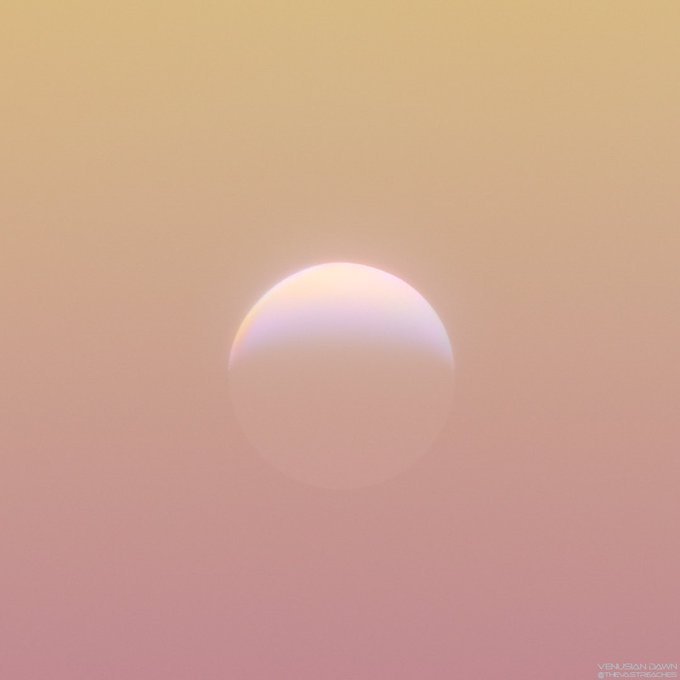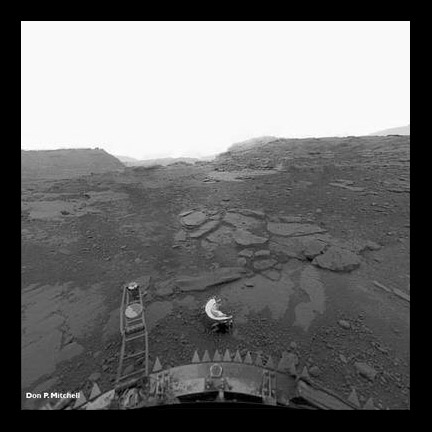Image taken by @TheVastReaches. According to the photographer, “It takes just a few minutes to collect all the frames. This started as 6 video files, 45,000 frames total. Then they are stacked and combined.”
Parker Solar Probe Swings by Venus
Venus as seen by Parker Solar Probe in near-infrared light.
Read MoreThe Color of the Venusian Surface
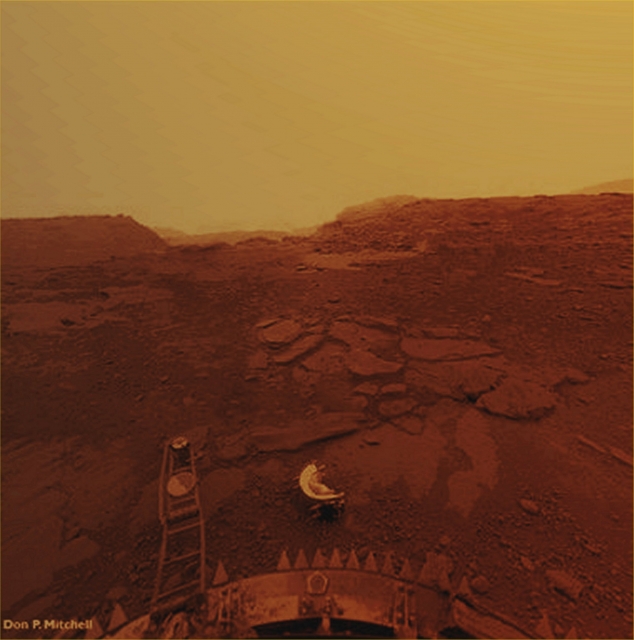 Finally found a colorized version of Don P. Mitchell’s work on the Soviet Venera mission which reveals Venus as one would see it standing upon the surface. The color was added to the image by someone better qualified than myself and is most likely closer to the reality than what I had posted a few years ago. According to the Italian Astronomy Photo of the Day, “this job carried out by the Italian Researcher Dr Paolo C. Fienga”.
Finally found a colorized version of Don P. Mitchell’s work on the Soviet Venera mission which reveals Venus as one would see it standing upon the surface. The color was added to the image by someone better qualified than myself and is most likely closer to the reality than what I had posted a few years ago. According to the Italian Astronomy Photo of the Day, “this job carried out by the Italian Researcher Dr Paolo C. Fienga”.
Surface of Venus Revealed Again
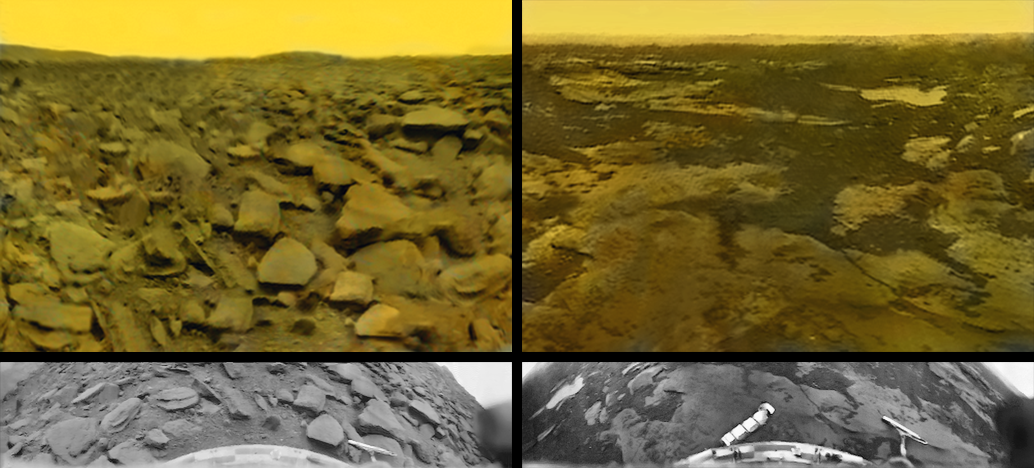 One of the best images to ever grace this blog has to be Don P. Mitchell’s re-renderings of Venera 13 and 14. A miraculous re-rendering of Soviet-era data to create a whole new “human eyes” look at the surface of Venus (I also took the liberty of (artistically) colorizing those images as well). Now Ted Stryk — no stranger to these pages — has taken a shot at Venera 9 and 10 as well. The results are not as amazing as Don’s earlier work but that is simply due the missions having a more limited set of data. I must add that it is pleasing to see Ted’s (a scientist) colorizing is similar to our own (not a scientist).
One of the best images to ever grace this blog has to be Don P. Mitchell’s re-renderings of Venera 13 and 14. A miraculous re-rendering of Soviet-era data to create a whole new “human eyes” look at the surface of Venus (I also took the liberty of (artistically) colorizing those images as well). Now Ted Stryk — no stranger to these pages — has taken a shot at Venera 9 and 10 as well. The results are not as amazing as Don’s earlier work but that is simply due the missions having a more limited set of data. I must add that it is pleasing to see Ted’s (a scientist) colorizing is similar to our own (not a scientist).
See the whole story of how Ted’s images were made here.
Happy Revolution Around the Sun Card
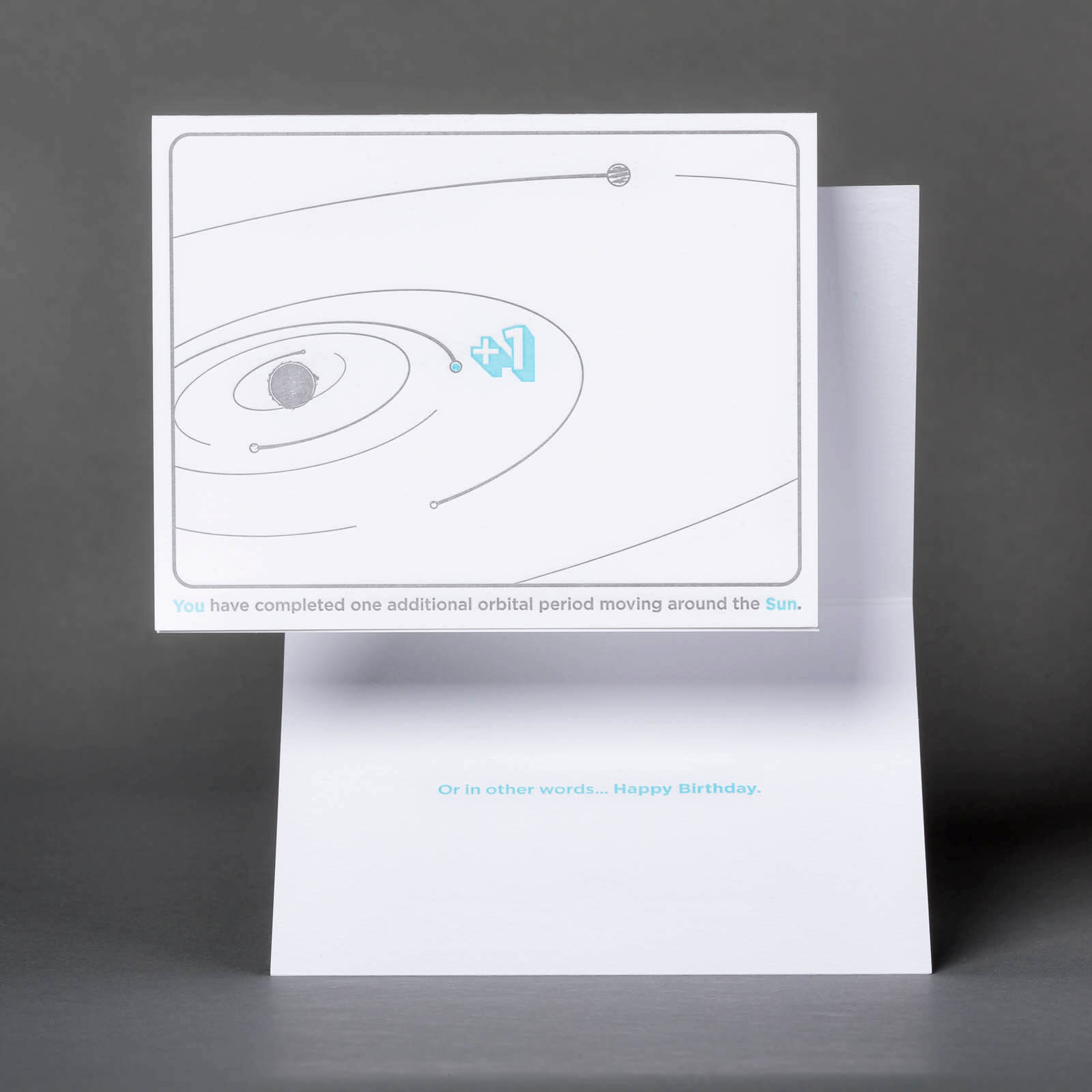 As a fan of space exploration, you will have to love this birthday card from Chop Shop. An overly technical acknowledgment of someone’s birthday by defining exactly what it is. One additional complete orbital period moving around the sun. Even better, they design is beautifully letterpress printed both front and inside.
As a fan of space exploration, you will have to love this birthday card from Chop Shop. An overly technical acknowledgment of someone’s birthday by defining exactly what it is. One additional complete orbital period moving around the sun. Even better, they design is beautifully letterpress printed both front and inside.
Above reveals the inside text — which plays it a little more safe with the messaging.
Check Out Kurzgesagt
Especially if you have kids with an appreciation for science. These guys regularly do great animations that explain complex science — appropriate for all ages. They also promise a series of cool videos about cool moons in our solar system. So far they have only covered our own, next up… Mars’ Deimos and Phobos.
You Are the Center of the Solar System
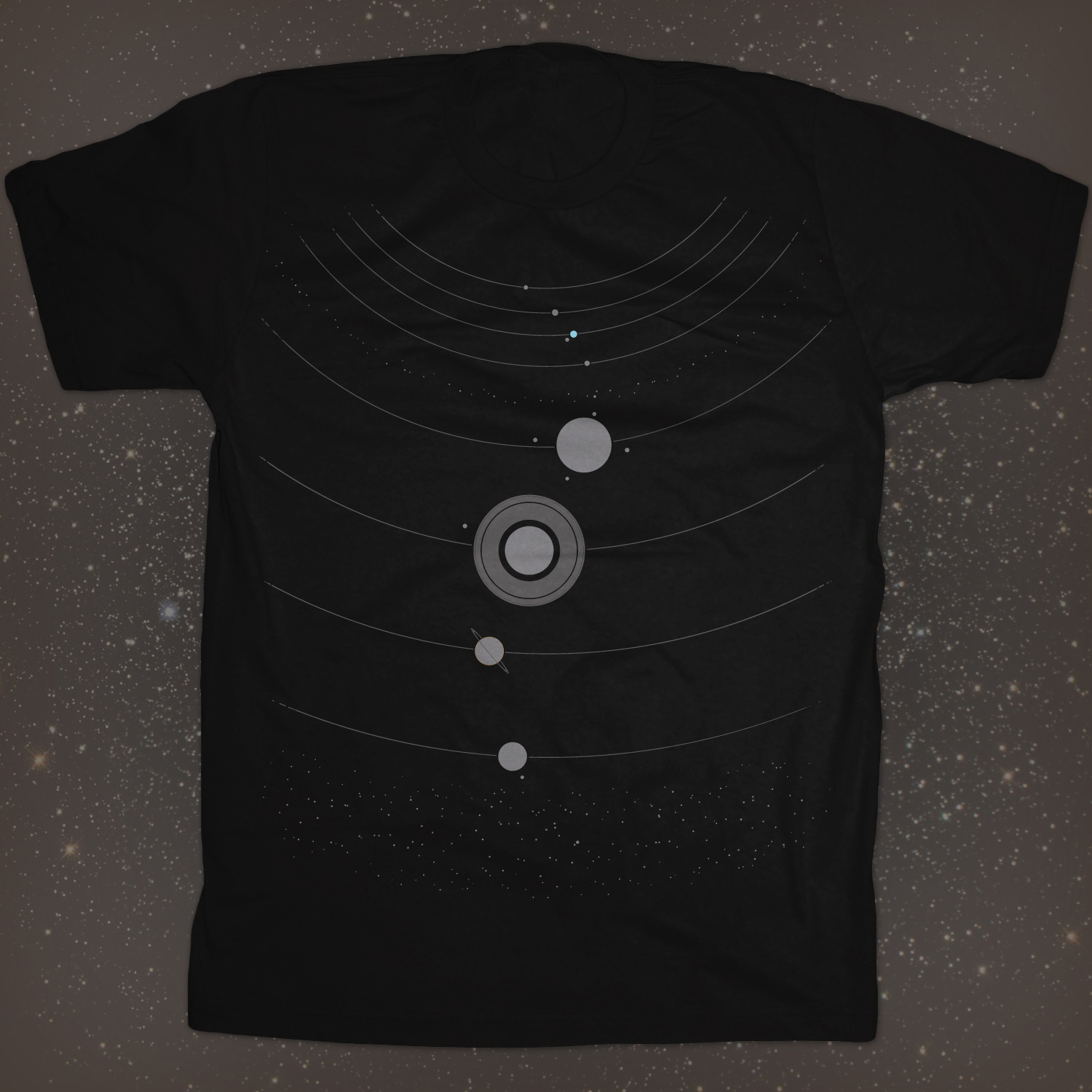 You Are The Sun is the latest space themed tee by Chop Shop Store. Following on iconic tees that collected various deep space missions and historic Earth orbit missions, this new design draws a new picture of The Solar System as we know it today, complete with Carl Sagan’s pale blue dot.
You Are The Sun is the latest space themed tee by Chop Shop Store. Following on iconic tees that collected various deep space missions and historic Earth orbit missions, this new design draws a new picture of The Solar System as we know it today, complete with Carl Sagan’s pale blue dot.

With your head as a stand-in for The Sun — the tee includes all 8 planets, 7 major moons, The Asteroid Belt and even details little Pluto lost among countless Kuiper Belt objects. We are now providing yet another link here to get it for Men on American Apparel 2001 or Tultex tees and for Women on American Apparel 2102 tees.
50 Years of Space Exploration Map
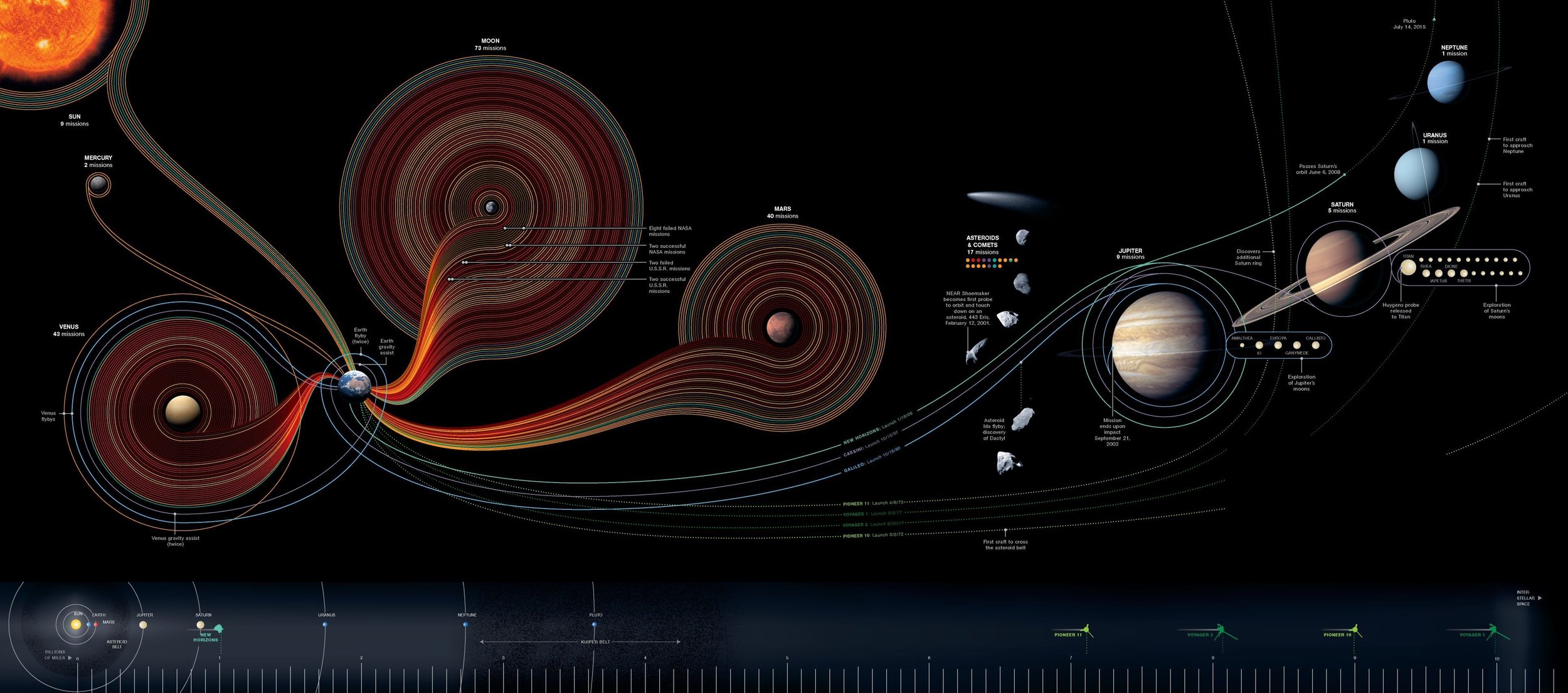 This is so nice, but I am furious that I didn’t get to design this. This is Information design at it’s best naturally by National Geographic. You can see 50 years of robotic planetary exploration at a glance. It even includes failed missions represented by darker desaturated lines. As far as I can tell the cream colored lines are US and the red ones are Soviet. Interesting to see how many of those lines go dark around Mars.
This is so nice, but I am furious that I didn’t get to design this. This is Information design at it’s best naturally by National Geographic. You can see 50 years of robotic planetary exploration at a glance. It even includes failed missions represented by darker desaturated lines. As far as I can tell the cream colored lines are US and the red ones are Soviet. Interesting to see how many of those lines go dark around Mars.
Now where does one purchase such a thing? Perhaps this month’s issue of NG? Here is the link to it on their site complete with zoom viewer and them some kind samaritan posted a hires version to flickr.
Mariner 10 Re-Imaging of Venus
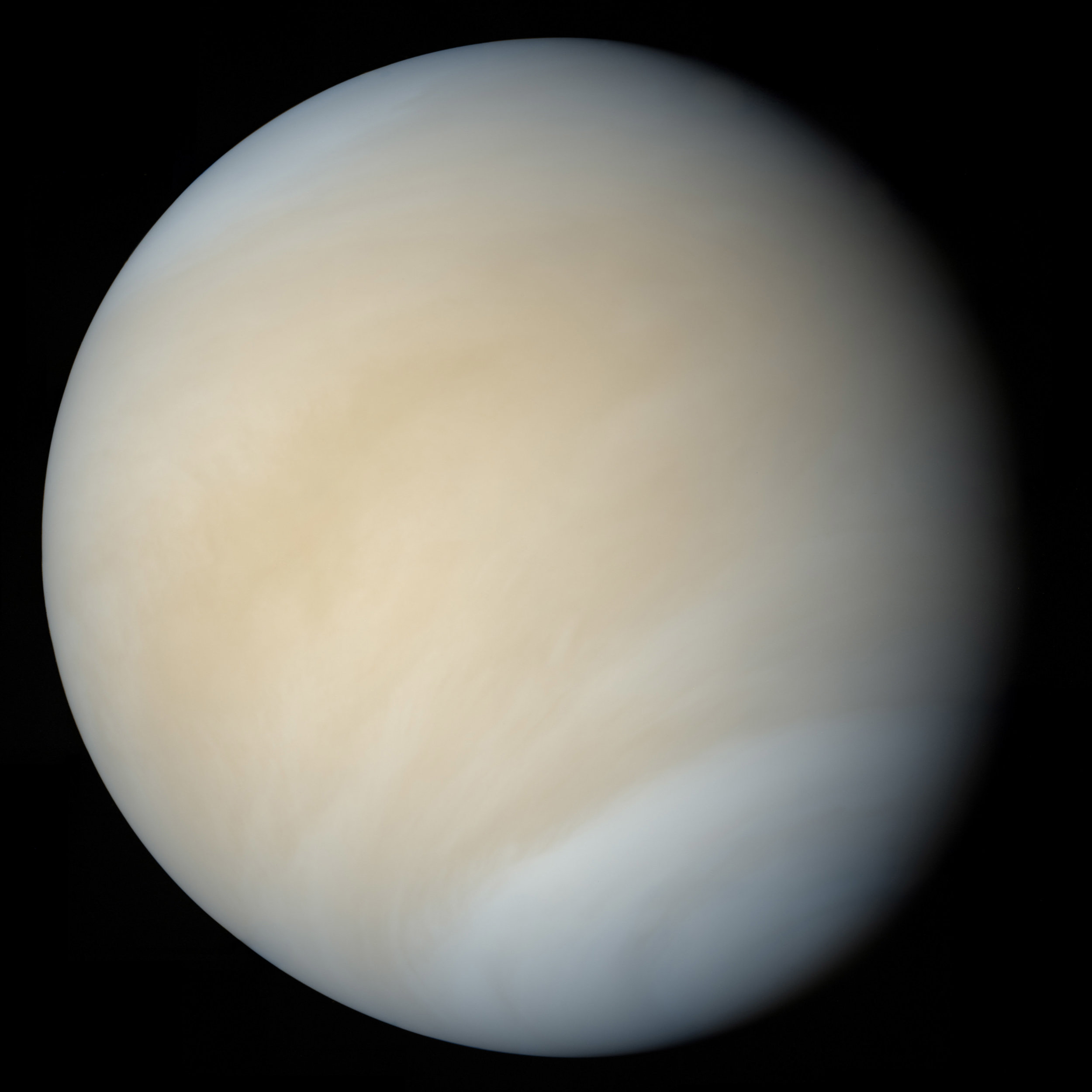 Been meaning to catch up on a few odds and ends lying around. This image of Venus was re-worked from Mariner 10 images by Mattias Malmer somewhere around 2005. It is an attempt at showing Venus in natural light and is far better than the version previously used as our “portrait” image for Venus. The issue is that Mariner 10 images only allow one to do that by taking some liberties with UV data. According to Malmer, “I think that if I were to make an even blander version of the this image it would be close enough to reality”.
Been meaning to catch up on a few odds and ends lying around. This image of Venus was re-worked from Mariner 10 images by Mattias Malmer somewhere around 2005. It is an attempt at showing Venus in natural light and is far better than the version previously used as our “portrait” image for Venus. The issue is that Mariner 10 images only allow one to do that by taking some liberties with UV data. According to Malmer, “I think that if I were to make an even blander version of the this image it would be close enough to reality”.
See the original 2005 post on unmannedspaceflight.com where you can get this image at 4000x4000 resolution. Time for a wallpaper update.
iPhone Skins Featured on feulyourcreativity.com
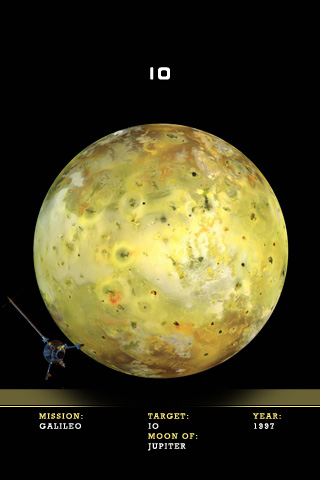 Not to re-post old material, but our iPhone planetary skins were recently posted to fuelyourcreativity.com for free download. So I thought I would just remind everyone and maybe direct a little traffic love their way.
Not to re-post old material, but our iPhone planetary skins were recently posted to fuelyourcreativity.com for free download. So I thought I would just remind everyone and maybe direct a little traffic love their way.
Something You Never See: Venus in Natural Light
 In a way, as boring as Uranus to look at. In another way… fascinating to see a whole world of pure blankness. It seems almost unreal. Like a giant pearl.
In a way, as boring as Uranus to look at. In another way… fascinating to see a whole world of pure blankness. It seems almost unreal. Like a giant pearl.
According to Gordan Ugarkovic, “This is calibrated color using actual red, green and blue filters. If you were to enhance the contrast you’d see there are white-yellow cloud patterns. The problem with pretty much all images of Venus released so far is that they’ve been enhanced/false color or just colorizations of ultraviolet frames. It’s only once you go to (ultra)violet wavelengths that any cloud bands become readily visible. Human eye just doesn’t cut it here.”
Thanks as usual to for this rare gem.
Express Way to Venus
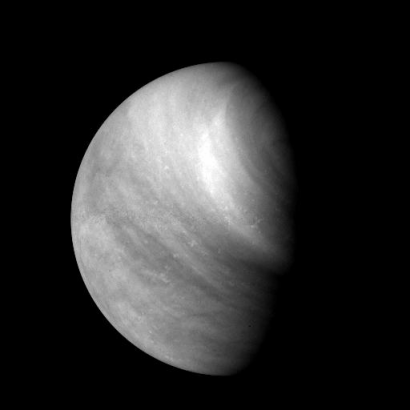 Too few images come from the Venus Express mission. Probably has something to do with its featurelessness. The only way to see this level of detail in the Venusian clouds is by using alternative flase-color imaging. These frames were taken in ultraviolet light.
Too few images come from the Venus Express mission. Probably has something to do with its featurelessness. The only way to see this level of detail in the Venusian clouds is by using alternative flase-color imaging. These frames were taken in ultraviolet light.
The iPhone Set 01: Bodies of Major Interest
 If I am going to keep making these things… I’d be a fool to not include a set for the Apple iPhone. Coincidentally, when you purchase your iPhone and do not yet have a phone service, the phone displays a full-disc image of the Earth pretty much displayed exactly as these do when uploaded to your iPhone. So in the spirit of continuity, you can now opt instead to have Mercury, Venus, Earth, The Moon (Luna), Mars, Jupiter, Io, Europa, Ganymede, Callisto, Saturn, Enceladus, Titan, Iapetus, Hyperion, Uranus, Miranda, Neptune or Triton grace your screen instead of the default Earth.
If I am going to keep making these things… I’d be a fool to not include a set for the Apple iPhone. Coincidentally, when you purchase your iPhone and do not yet have a phone service, the phone displays a full-disc image of the Earth pretty much displayed exactly as these do when uploaded to your iPhone. So in the spirit of continuity, you can now opt instead to have Mercury, Venus, Earth, The Moon (Luna), Mars, Jupiter, Io, Europa, Ganymede, Callisto, Saturn, Enceladus, Titan, Iapetus, Hyperion, Uranus, Miranda, Neptune or Triton grace your screen instead of the default Earth.
The easiest way to install wallpapers to your iPhone is to make a special set in iPhoto and simply drag all the files to that folder. Then in iTunes have your iPhone sync that folder to your photos collection. After that it is as simple as opening the “Photos” area of your iPhone. Go to your new folder of images and open whichever image you want. Then tap on the image just once and assign it as a wallpaper using the “Use as Wallpaper” button in the lower left corner of the screen.
If you have a PC I have no idea in hell how the hell you get images into your iPhone. I would buy a Mac… you have an iPhone and use iTunes… you are half-way there.
For a version of these with no graphics see this link.
Wallpaper 2560x1600 Set 03: The Planets
The planets – the complete set for collectors! While there are literally thousands of images of the planets to choose from… full globe high resolution images are actually fairly rare. They usually require many exposures to be stitched together to make one large complete image. This is not only difficult to work out across the great distances of space, but also soaks up a large amount of valuable spacecraft time and energy. This set represents the best available images of each planet in our Solar System.
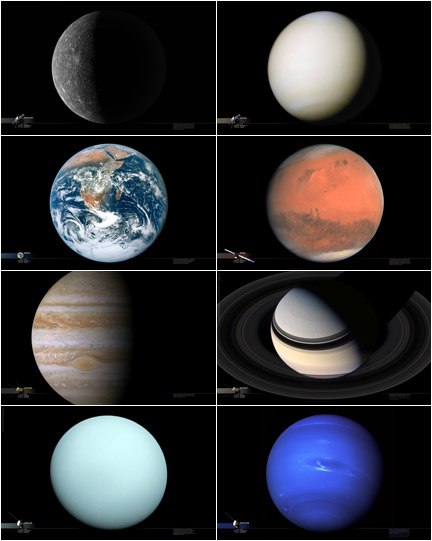
Sorry, no Pluto for more than one reason.
Telescopic Views of Our Moon and Other Planets
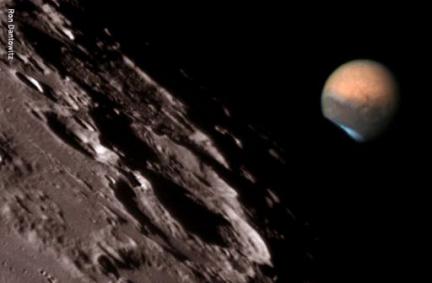
I stumbled across an image of Mars and our moon a while back, either on Universe Today or just from looking for great images of Mars on google. Anyway, it never occured to me that you can get such great detail of Mars while still being able to see a limb of the Moon in the same view. I thought it was a Photoshop job until I looked up “occult+Saturn+moon” and found similar images. For some reason, Jupiter images are more a rarity. What is unmistakable is that the above Moon/Mars image by Ron Dantowitz is pretty incredible for its clarity and detail.
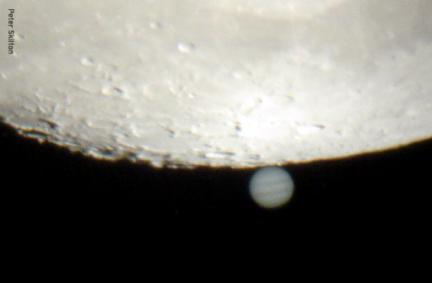
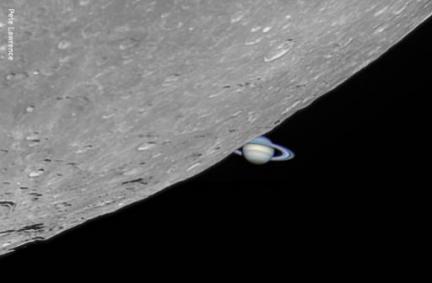
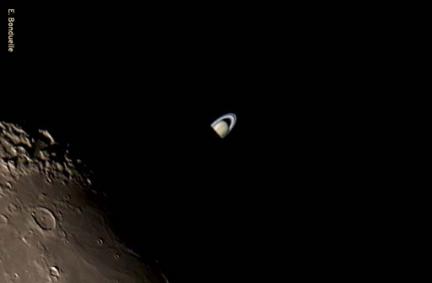
I couldn’t find any of the moon and a tiny blue dot of Uranus, but you can always use your imagination.
U. Gordan just sent me one of Venus too

The Surface of Venus Revealed
During the cold-war between America and the Soviets the real race was to the moon, but once that race was won a lesser race began to see who would master Mars exploration. After an unbelievably long series of failed Soviet missions to Mars — America managed to take the lead position in Mars exploration as well, with the Mariner and Viking missions. So the Soviets turned their eyes to our other neighbor, Venus, which seemed to garner very little attention from America apart from a few flyby missions. The Russians had Venus all to themselves and really didn't have to be too concerned with anyone beating them to the punch.
So during the early 70’s the Soviets managed to be quite successful with multiple Venera missions to Venus which included various flybys, orbiters, radar mapping of the surface and even multiple landings on the surface. Some of the missions had failed, but most completed their missions and we have the above color images to prove it. Recently though, I stumbled across these projections of the above images which I have never seen before.
Someone who knows about such things, Don P. Mitchell (see more on his blog mentallandscape.com) had returned to the original data sent to us by the Venera spacecraft from over 30 years ago and with new computing techniques, managed to reveal to us Venus anew. Instead of just looking at some stones and tiny hints at what a Venusian sky might look like, these projections show what it might actually look like walking on the surface of Venus. The main part of the image above is a composite from spherical projections, which are seen at the top-right, remapped to perspective projections. The way the projection works is the closer you get to the very center of the image, the less accurate the representation may be. However, there is evidence in the data to assume most of what you see here even at the very center where the data was at most thin, is still fairly accurate.
Unfortunately the new projection images were only in black and white and i really missed what seemed to be really fascinating color from the original Venera images… so I tried to colorize it to match the originals.
This interpretation is artistic and not based upon any data other than looking at the original images and trying to assume some of those colors back into Don’s black and white image.
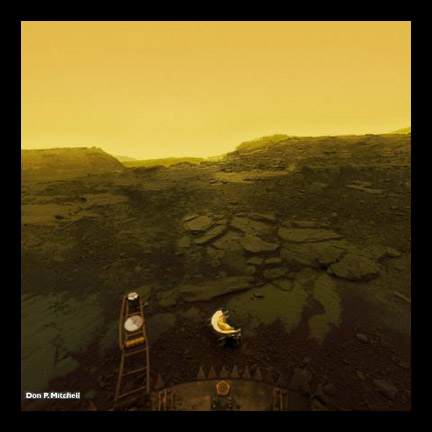
Wallpaper: Venus Portrait
Venus may be the most inhospitable place in our solar system to be or consider going. Its atmospheric pressure at the surface is 90x that of Earth and the temperature hovers around 400ºC. The extreme temperature on Venus is due to a greenhouse effect which is generated by its unusually dense atmosphere of CO2 which makes it actually hotter than Mercury. It seems to me more likely that astronauts might one day visit Pluto before they ever attemp any kind of mission to the hell that is Venus.
The image itself is Venus in true color. Rarely are images shown of Venus as it actually appears due to the small amount of details available. Very minor manipulations were applied to this image including some brightening of the full disk and contrast which helped bring out a bit more of the natural color. Also the image has been scaled up which would normally result in some blurring, but with venus… who can tell?
